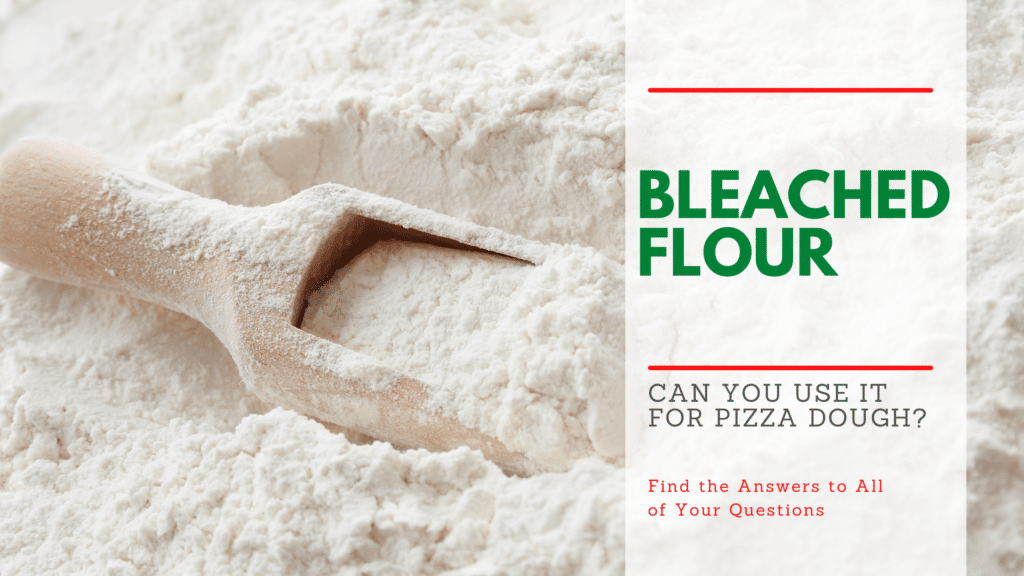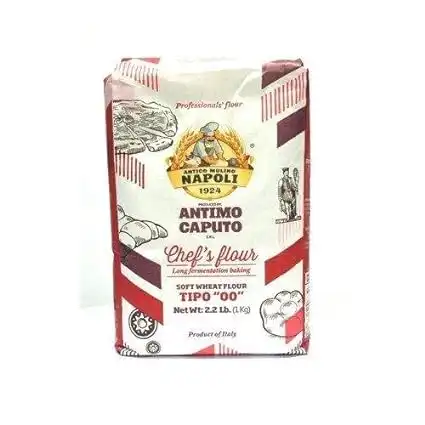Bleached or Unbleached Flour for Pizza?
When it comes to crafting the ultimate pizza, choosing the right flour is crucial for that perfect dough. You might wonder whether to use bleached or unbleached flour for pizza. With our extensive experience in pizza dough wizardry, we’re here to share our insights and help you make an informed decision.
This post will explore the differences between bleached and unbleached flour, their impact on your pizza, and how to choose the best one for your dough.
So stick around and let us guide you through the wonderful world of pizza flour, ensuring your homemade pies are always a delicious success!
So let’s get started!
Here’s What You Will Find:
What is Bleached Flour?
Bleached flour is refined, meaning the wheat kernel’s nutrient-rich bran and germ have been removed, depriving the grain of many of its vital vitamins and minerals and leaving just the endosperm.
Then, it is treated with chemical agents like benzoyl peroxide, potassium bromate, or chlorine to produce a distinctive white color.
The bleaching process helps speed up the aging of the flour, which in turn improves its baking qualities.
However, this chemical procedure alters the end product’s taste, texture, appearance, nutritional profile, and possible baking applications. This process makes the flour whiter, softer, and finer-grained.
Aside from the physical changes in the flour, the bleaching process also enhances the dough’s viscosity and machinability.
It also has the edge over others, particularly regarding the flour’s longevity of life.
How Does it Compare to Unbleached Flour?
Knowing what bleached flour is, you can quickly identify what distinguishes it from unbleached flour. Specifically, these two differ in processing, appearance, texture, and taste.
However, all kinds of flour are technically bleached, but the process of bleaching these flours is far different. As said earlier, chemical agents are used in bleached flour to speed up its aging.
Meanwhile, unbleached flour is naturally bleached as it ages. This chemical and natural process primarily paved the way for its appearance, taste, and texture differences.
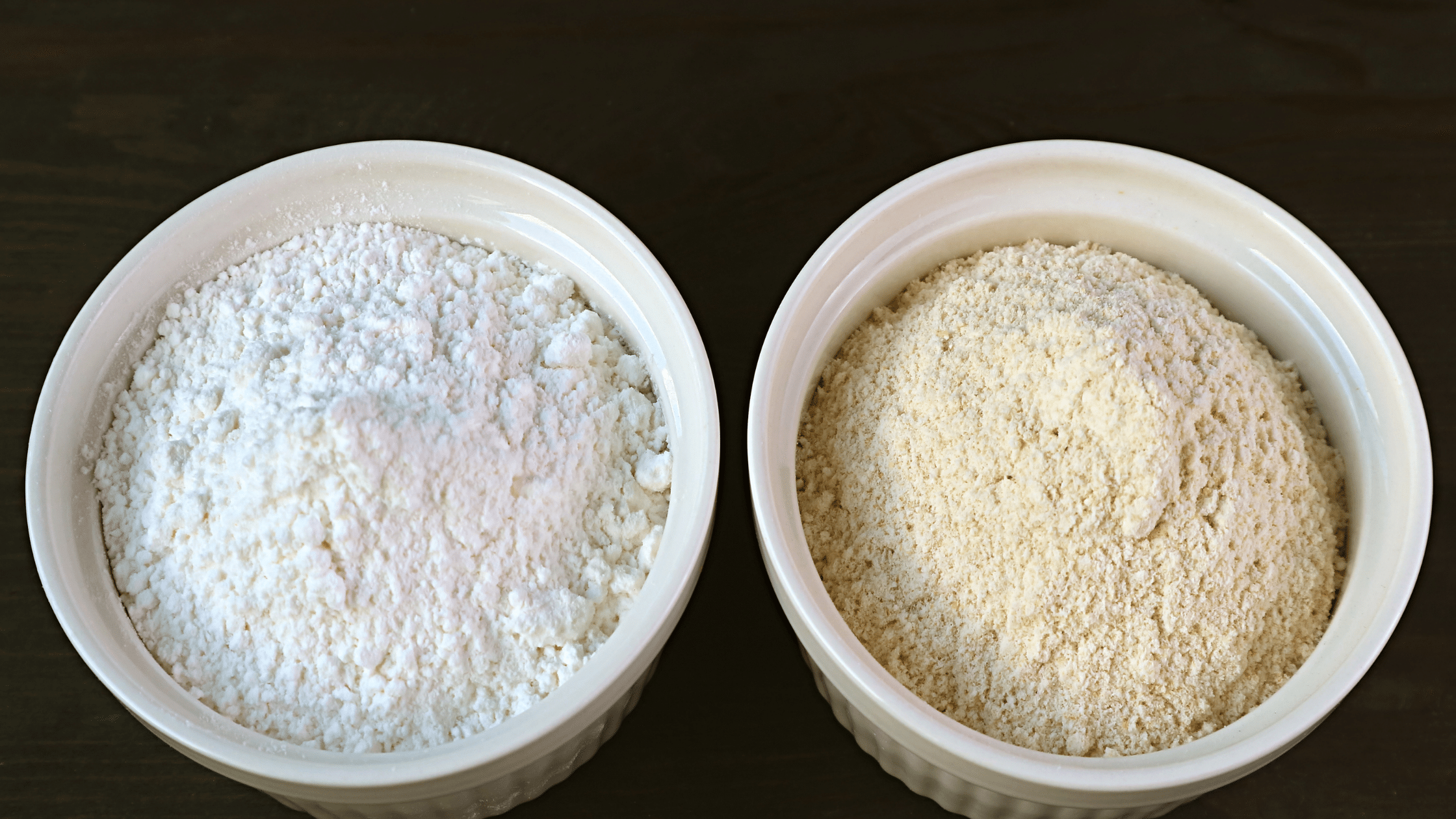
When the appearance of both flours is compared, you will notice that the bleached one is whiter since regular flour is naturally yellow.
You will also see that the grain of bleached flour is more refined than the unbleached.
When you touch the unbleached flour texture, you will feel its dense sense, which is unlikely to be felt in bleached flour.
Lastly, many have said there is a minimal difference in taste between these flours; thus, sometimes, bleached flour slightly provides a bitter taste.
Can You Use Bleached Flour for Pizza Dough?
Bleached Flour
We recommend not using bleached flour for your dough to yield a delicious homemade pizza.
- Bleached flour isn’t as nutritional as unbleached flour. A chemical breakdown happens during the bleaching process, reducing the number of nutrients in the flour.
- Bleached flour can have a harsh aftertaste. Those with an acute taste may detect a distinct bitter aftertaste in bleached flour.
- The flour is bleached with chemicals. Companies employ roughly 20 different chemicals to bleach flour, although only a few are used at any time. Although most are considered safe and food-grade, many people are concerned about the long-term safety of foods treated with chlorine. After bleaching, these preservatives remain in the flour and, unavoidably, in whatever you bake with it.
Unbleached Flour
On the other hand, unbleached flour is the most suitable type of flour for pizza dough because:
- Unbleached flour has a higher protein content than bleached flour, which makes the unbleached flour stronger.
- Unbleached flour, being a strong flour, provides a better structure and will sustain the weight of your pizza’s topping without tearing.
- Unbleached flour has a higher beta-carotene pigment content, which gives the dough a better flavor and aroma.
Therefore, when you use bleached flour for the dough, prepare that you won’t be getting a nicer and softer dough, which could ruin your dream of serving the best version of your homemade pizza.
Remember that you are a good baker, and don’t settle for a “just fine” ingredient when there is absolutely the best fit!
Doing so will impress your home buddies, child, or lover with your mouthwatering pizza.

Can I Use Bleached Flour Instead of Unbleached Flour?
Pizza dough is fun and straightforward, but your ingredients could spoil the beauty of the texture you aim to achieve.
If you crave to bake a pizza at home and realize there’s no unbleached flour, you could experiment with the dough by using the bleached flour you found in your pantry.
You will notice the differences and why we don’t want you to use bleached flour firsthand.
Remember that we are not prohibiting you from using this flour for your dough; we highly recommend the appropriate flour to make perfect pizza dough.
Is Unbleached Flour Better for Pizza Dough?
The best pizza dough flour has at least 12% protein.
Undeniably unbleached flour is a perfect choice as it naturally complements the requirements to produce yeast pastries and bread. With this fact, it is no doubt why unbleached flour is our top recommendation.
Its high protein level uniquely sets the elasticity and integrity of the dough into an ideal one, making the pizza’s overall bite more flavorful and delicious.
Thus, if you like to create a pizza that complements its toppings and melted cheese, make sure your pizza crust is airy, puffy, and light cream in color.

Why Should You Use Unbleached Flour?
There’s an excellent main reason why unbleached flour is our recommendation for making pizza dough.
This flour contains 10-12% protein content to make the dough rise better, more elastic, and softer. That is indeed ideal for pizza crust.
We do not discourage people not to buying other types of flour. Instead, we encourage you to use the best-fit type of flour for the pastry you will be baking.
We assumed that you consider yourself an at-home pizza enthusiast; as an enthusiast, you already have this pizza-baking adventure.
Probably you already felt you did the process right, but something felt wrong; thus, you should immediately switch to unbleached flour to level up your pizza dough.
With that, you will feel the joy and fulfillment of baking more pizzas for your loved ones.
What Kind of Flour is Best for Making Pizza Dough?
Ultimately, you can use any unbleached flour to make perfect pizza dough.
Aside from the unique characteristics it gives to the dough, and the finished crusts of the pizza, its consistency in retaining as the top recommendation by professionals and other excellent bakers is solid evidence.
Many people have tried using various types of flour available in the market, yet they still find the unbleached flour the best fit for pizza dough.
Therefore, you should not only make a regular pizza at home but instead of enhancing it by trying out this highly recommended flour.
If you want to learn more about the best pizza flour, check out our article on the best flour for pizza.
Here’s What the PROs at Homemade Pizza Pro Use and Recommend
The Chef's flour is a general-purpose, high gluten flour that works well for many recipes. "Tipo 00" refers to how refined the flour is. Chef's Flour is best for those who want to bake in their traditional home oven up to 500 degrees Fahrenheit!
Which All-Purpose Flour is Best for Pizza?
The all-purpose flour that best goes along with pizza is unbleached.
An all-purpose flour of this kind does not contain a high level of gluten, making us recommend it to aspire pizza makers at home who like to produce a thin pizza crust.
Aside from this, all-purpose flour is also commonly used to make deep-dish pizza and New York-style crusts.
This flour is best for pizza since it is considered freshly milled from an ear of certified organic wheat that gives assurance to the high-quality produce.
Can Unbleached Flour be Substituted for All-Purpose Flour?
When you are in the middle of deciding on your pizza ingredients, it is significant to know whether you can use a substitute for your main ingredient.
Since there are various flours you can find either in your pantry or the supermarket, remember that unbleached and all-purpose flour can be used interchangeably for pizza dough.
Both of these flours contain almost the same nutrients and level of protein.
All-purpose flour can also be unbleached, making no difference if you substitute one for another.
Moreover, this only suggests that you should notice the overall characteristics of the flour before using it as pizza dough.
How Do You Know if the Flour is Unbleached?
To guide you on your pizza-baking journey, here is the most common information you should look into:
- If you are buying flour, carefully read the label. Most of the time, bleached flour is identified as such on the label. The label will indicate “Bleached.”
- Even just observing, you can immediately identify whether the flour is unbleached. Unbleached flour is sometimes yellowish or off-white as it naturally ages when exposed to oxygen.
- Check the texture; unbleached flour has denser grain as it does not undergo chemical procedures.
- These are commonly more expensive than other types of flour since they take a long time to be produced.
However, if you encounter difficulty identifying whether the flour is unbleached, you must compare its characteristics with others.
When is the Right Time to Use Bleached Flour?
That’s right! It would be best if you did not insist on using bleached flour on pizza dough because you can still use it to make pie crusts, quick loaves of bread, pancakes, cookies, and muffins.
You can freely use bleached flour on other pastries but not on yeast pieces of bread like pizza.
Have fun in the kitchen, do not stress yourself out, and be confident of what you can serve by following our guidelines.
Check Amazon’s Pizza-Making Must-Haves
Why have two pizza peels when you can only have one. This pizza peel surpasses the benefits of wood peels with the convenience of a metal peel. It's made entirely from anodized aluminum for a lightweight design that's incredibly durable, too. It's designed to be used frequently in high-heat pizza ovens.
The Etekcity Lasergrip 800 Digital Infrared Thermometer is a versatile and reliable tool for accurate temperature measurements. Its non-contact design allows you to measure temperatures from a distance, making it safe and hygienic for various applications. With a wide temperature range of -58°F to 1382°F (-50°C to 750°C), this infrared thermometer is perfect for both everyday cooking needs and professional uses.
The built-in laser pointer helps you target the specific area you want to measure, ensuring precision and consistency. Whether you're grilling, cooking, or performing household maintenance, the Etekcity Lasergrip 800 provides fast and accurate temperature readings with ease.
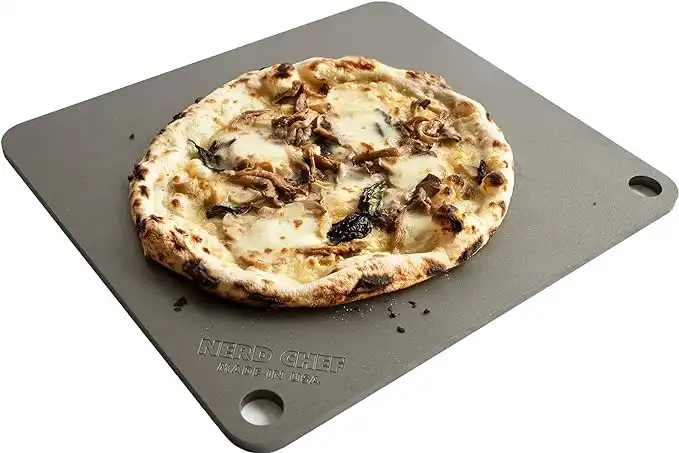 NerdChef Steel Stone
NerdChef Steel Stone
Making great crusts traditionally requires a 700-1000F wood-fired oven. Nerdchef Steel Stone replicates that performance in a home oven with its super-high heat transfer ability - transferring heat energy 20 times faster than ceramic. It creates beautiful and crispier crusts, gorgeous blistering throughout, and it cooks faster.
The Chef's flour is a general-purpose, high gluten flour that works well for many recipes. "Tipo 00" refers to how refined the flour is. Chef's Flour is best for those who want to bake in their traditional home oven up to 500 degrees Fahrenheit!
The Last Slice
We believe in the magic of your hands and your power inside the kitchen.
Transform your eagerness to produce the best mouthwatering homemade pizza by applying all the necessary information we have shared with you.
Understanding the importance of what we provide to help you on your pizza baking adventure, you can surely acquire great possibilities to make yourself an enthusiast and the best pizza baker.
Additional Flour Resources

Flour Absorption 101: The Key to Crafting the Perfect Pizza Crust
the PROs
Ah, pizza. The one food that unites us all! What would we do without our delicious, cheesy slices of heaven? …
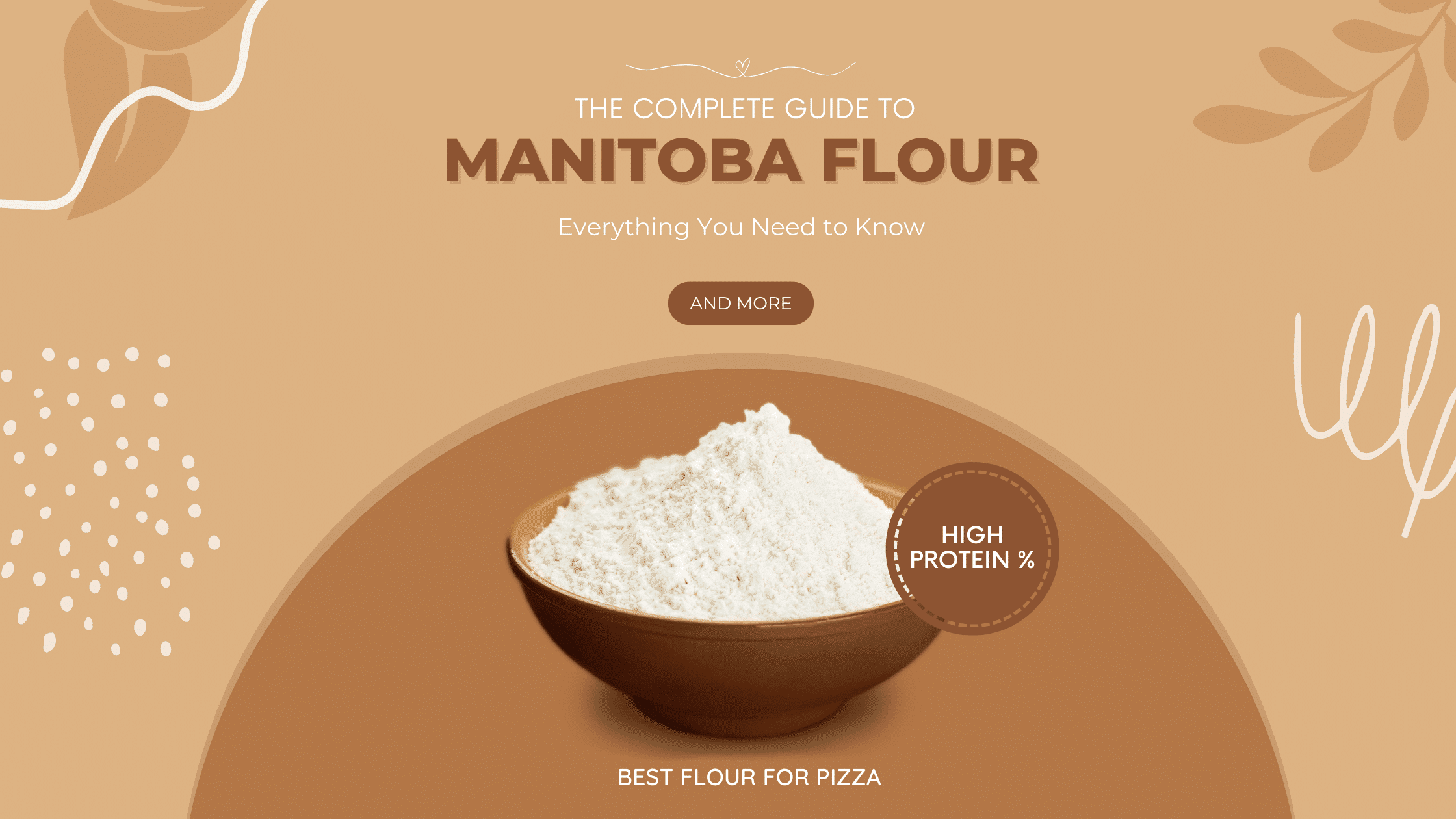
Manitoba Flour: Unlocking the Potential of the #1 High-Gluten Flour
the PROs
You might have heard about Manitoba flour and are wondering what all the fuss is about. Well, let us tell …
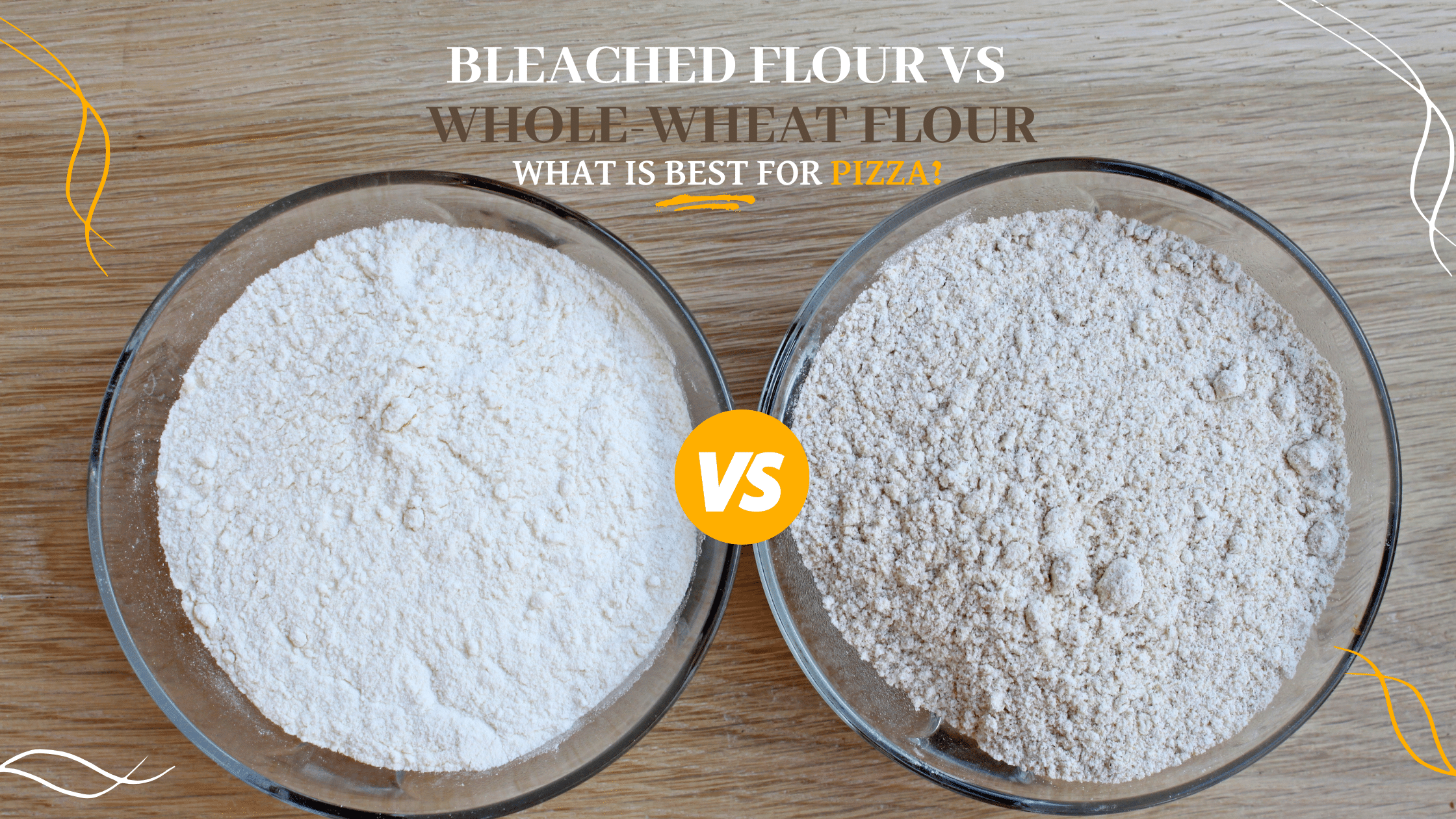
Bleached Flour vs Whole-Wheat Flour: Which is Best for Pizza?
the PROs
Bleached Flour vs. Whole-Wheat Flour The debate over bleached flour vs. whole-wheat flour for pizza is highly contended by those …
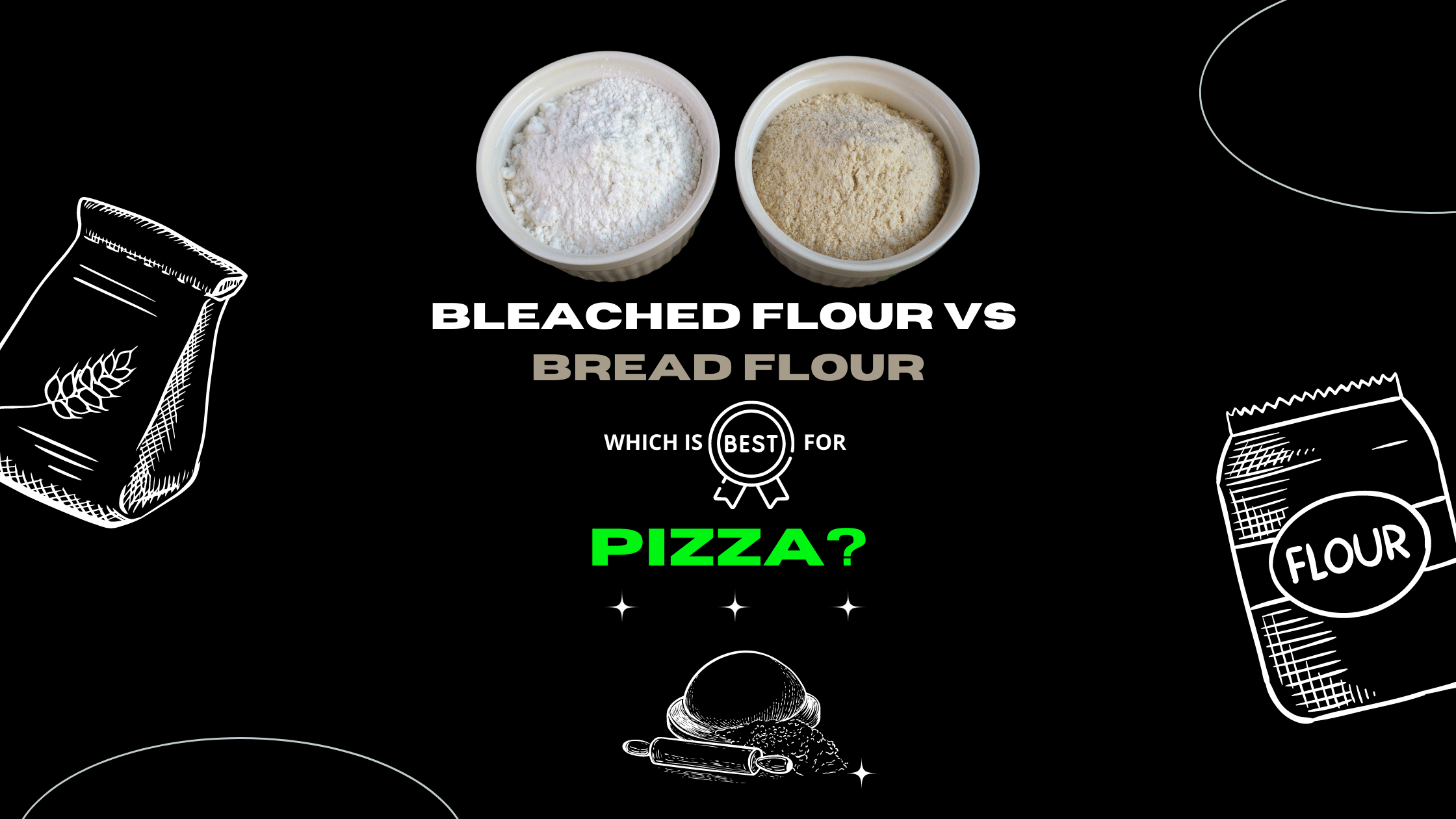
Bleached Flour vs Bread Flour: Which is Best for Pizza?
the PROs
Bleached Flour vs Bread Flour Are you interested in finding out the difference between bleached flour vs bread flour for …
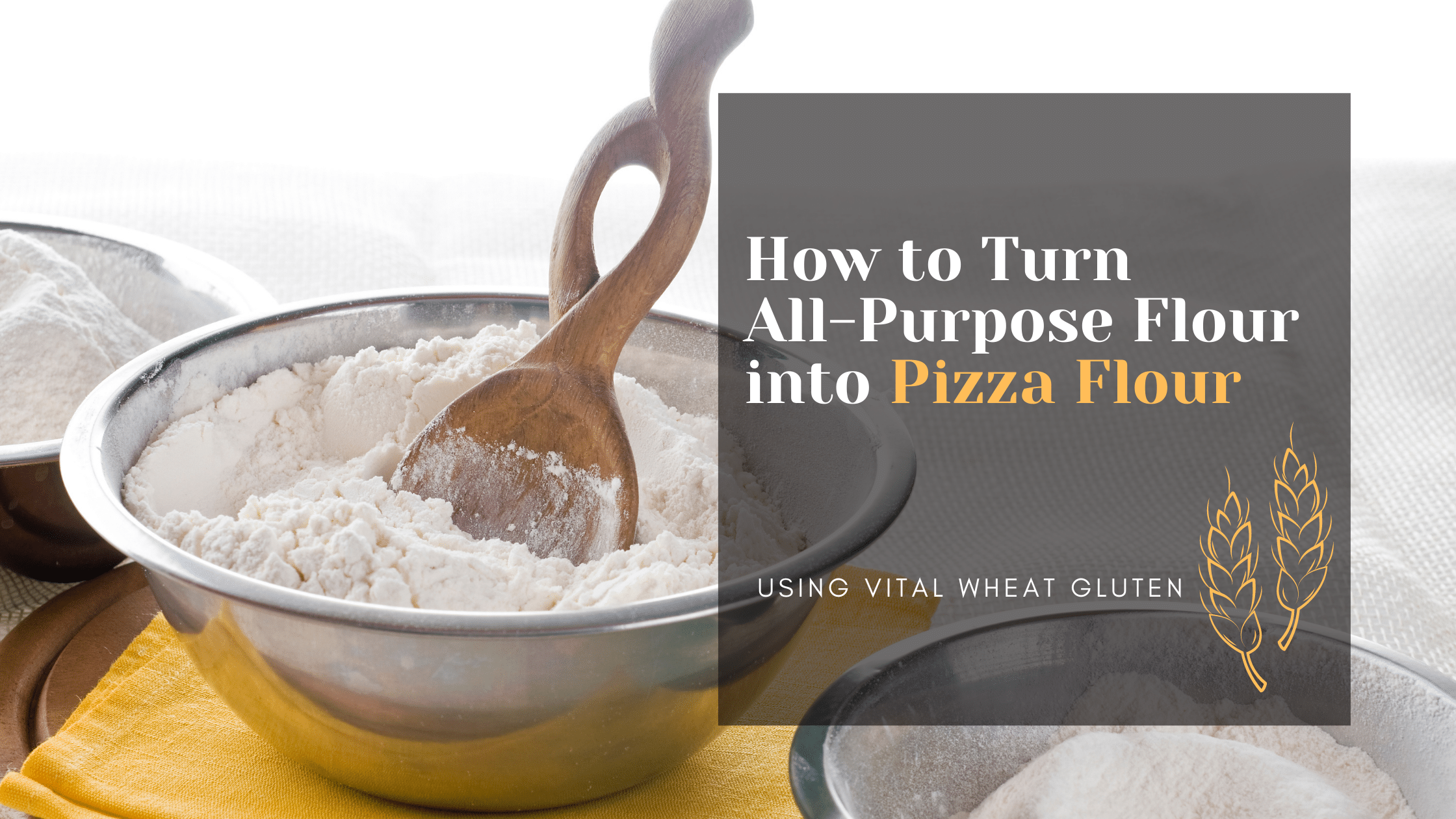
How to Instantly Turn All-Purpose Flour into Pizza Flour
the PROs
How to Turn All-Purpose Flour into Pizza Flour If you want to know how to turn all-purpose flour into pizza …
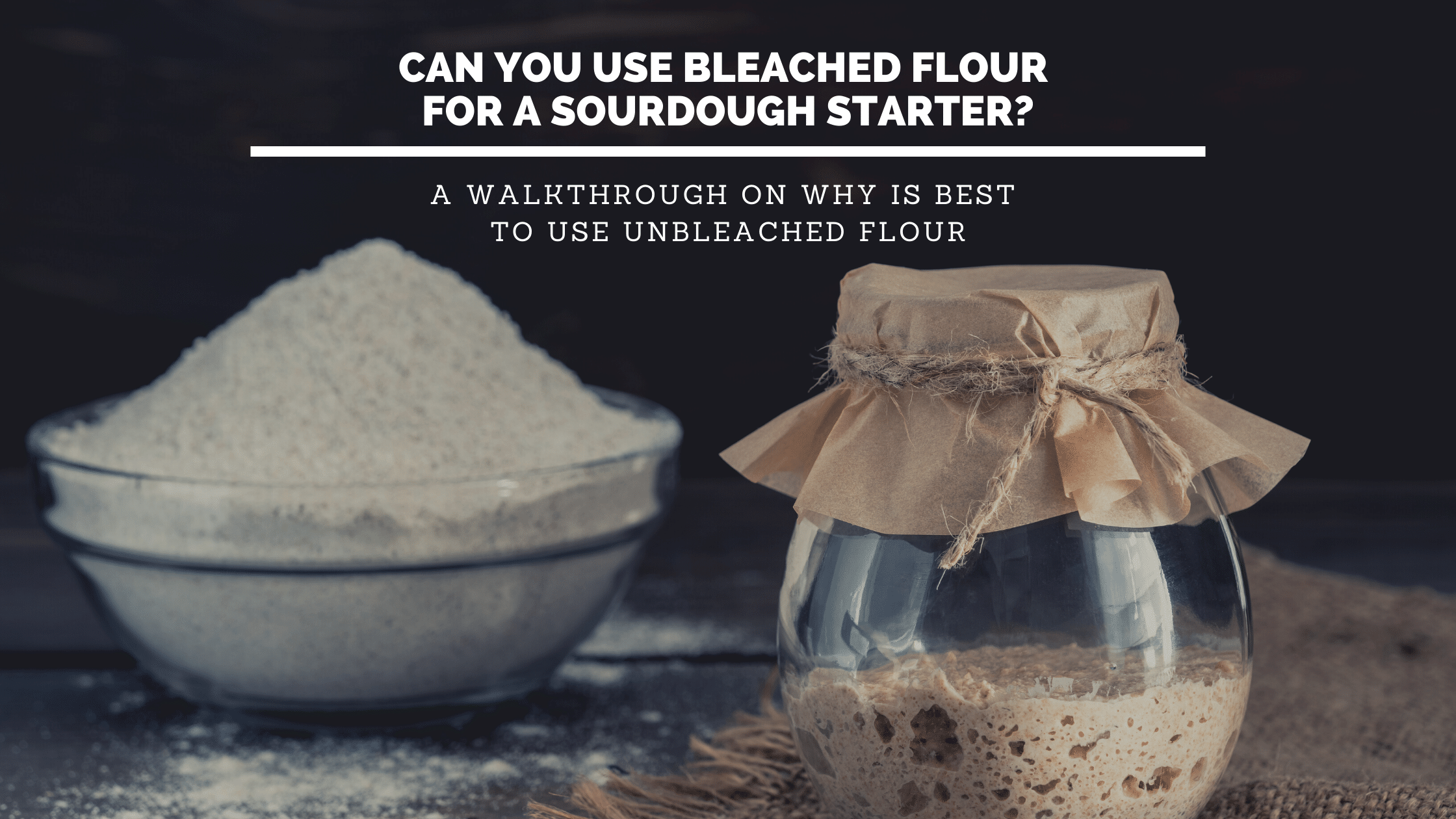
The Truth About Using Bleached Flour for Sourdough Starter
the PROs
Using Bleached Flour in Sourdough Starter? Are you wondering if you can use bleached flour for sourdough starters? Have you …
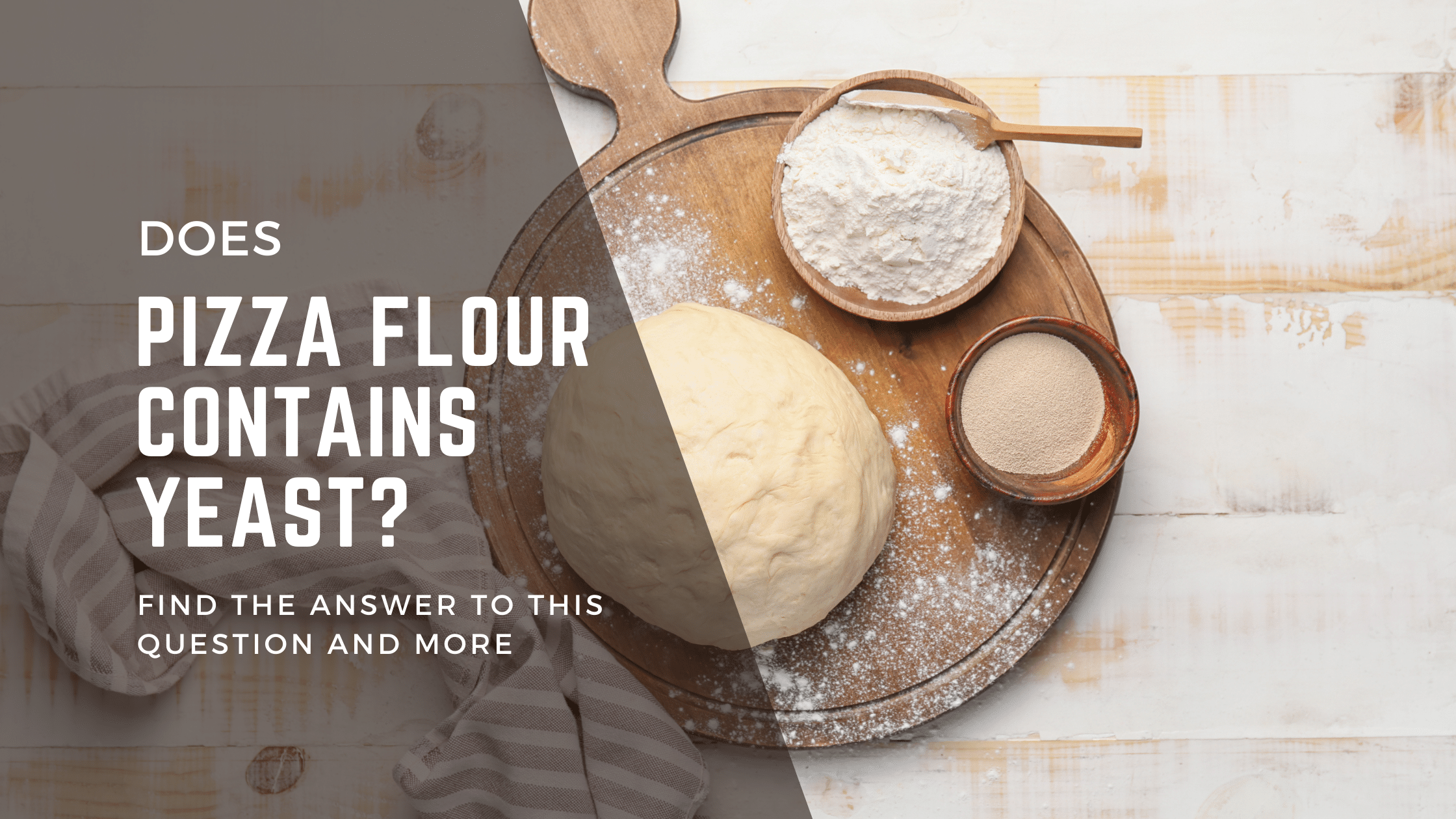
Does Pizza Flour Contain Yeast? Find What You Need to Know
the PROs
Ever wonder what gives pizza its mouth-watering, fluffy, and crisp crust? It’s all about the magic happening behind the scenes …
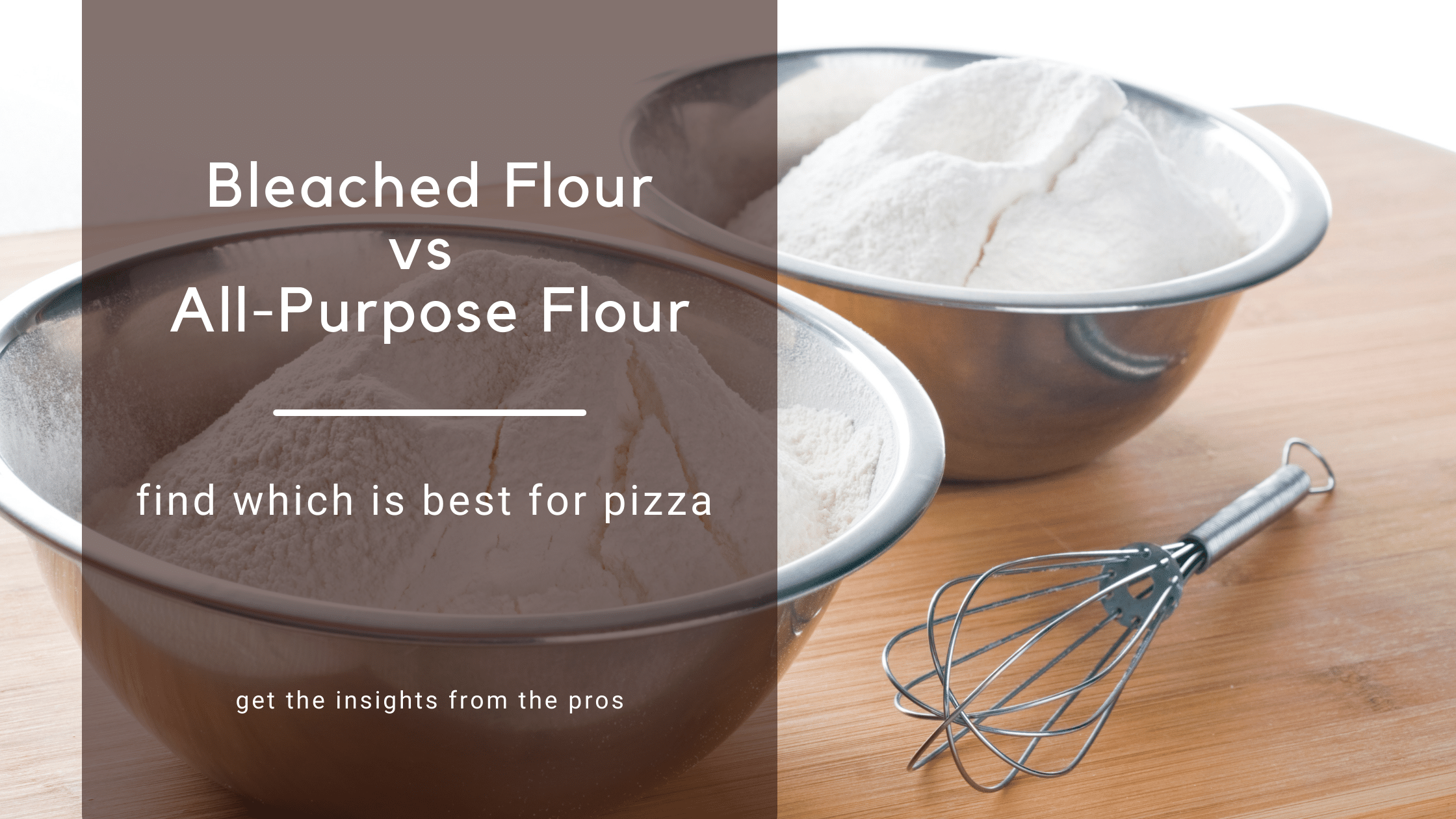
Bleached Flour vs All-Purpose Flour for Pizza (Why AP Flour is Better)
the PROs
Bleached Flour vs All-Purpose Flour for Pizza? Do you want to know which flour to pick to make your pizza …
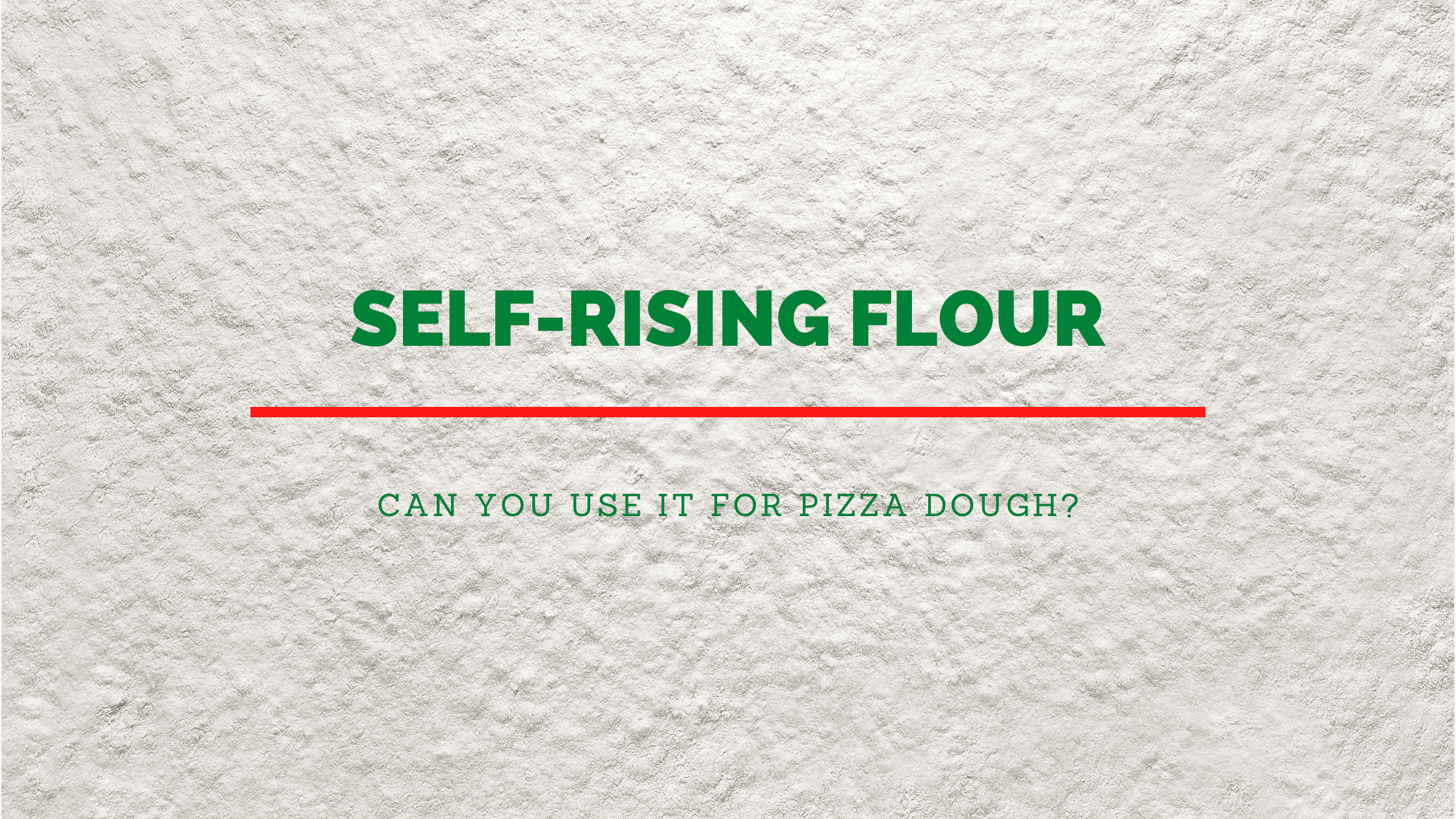
Can You Use Self-Rising Flour for Pizza? Here’s What You Need to Know
the PROs
Are you attempting to bake pizza but have run out of pizza flour? What other flour do you have in …
Enjoy!
Not a PRO? Not a Problem!
Take a pizza class to bring your pizza skills to the next level,
so you can be a PRO!
Related Posts

Costco Pizza Delivery: Find How You Can Get It Now!
the PROs
People go to Costco’s food court for many different reasons, but the cheesy slice of pizza they serve is among …

Pizza for Beginners: Don’t Buy Pizza, Make It! Here’s How to Get Started!
the PROs
You have this idea that you want to make pizza at home as opposed to ordering it, but where do you start? Don’t worry! Here you will find answers and directions to all your questions.

Pizza Toppings Under Cheese or Over Cheese? [Why the Order Matters]
the PROs
Is Pizza Cheese on Top or Bottom? Hey pizza lovers, are you wondering if you should layer pizza toppings under …
Newsletter
Subscribe to our Recipe of the Week newsletter and receive our partners’ latest recipes, tips, and discount offers.
Keep in Touch!
